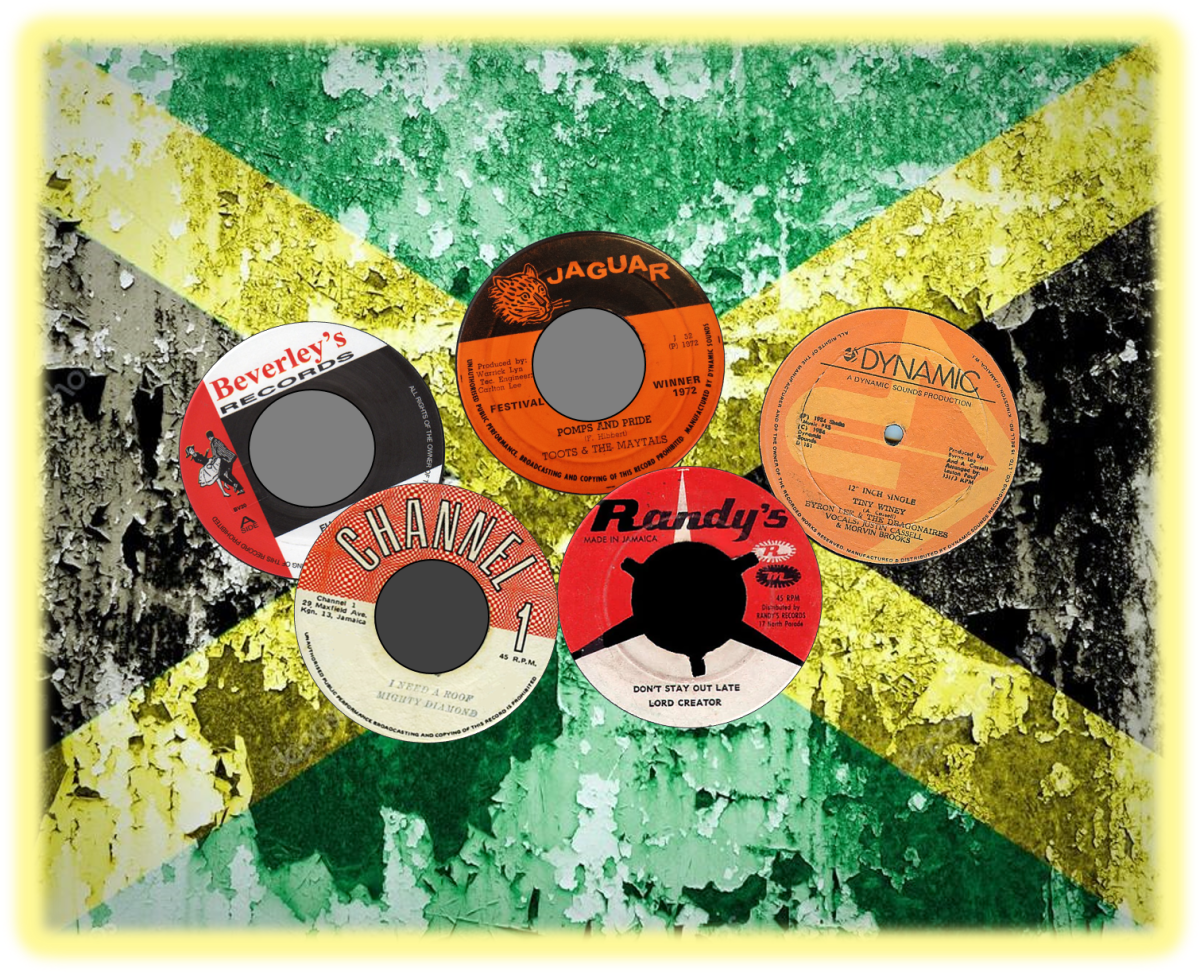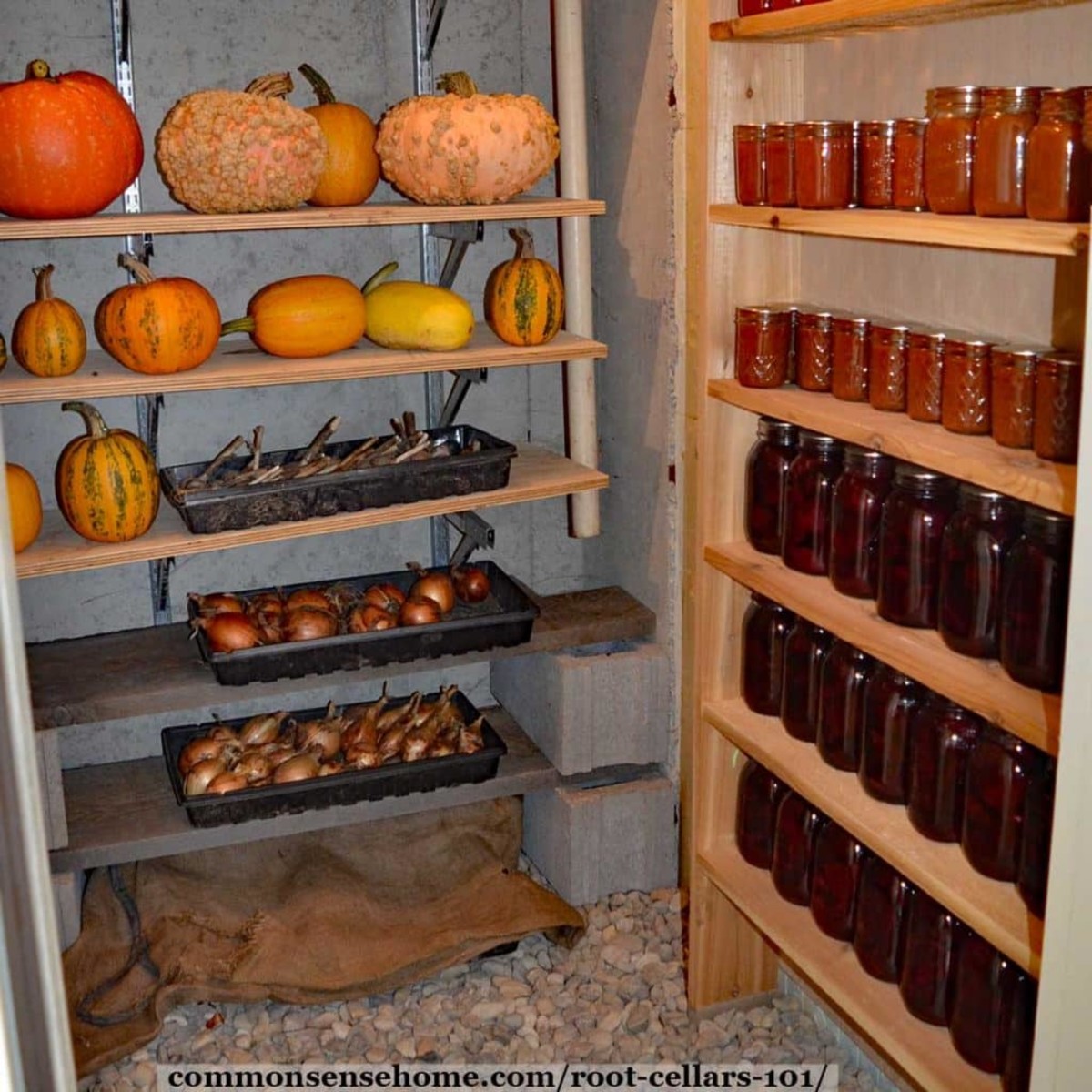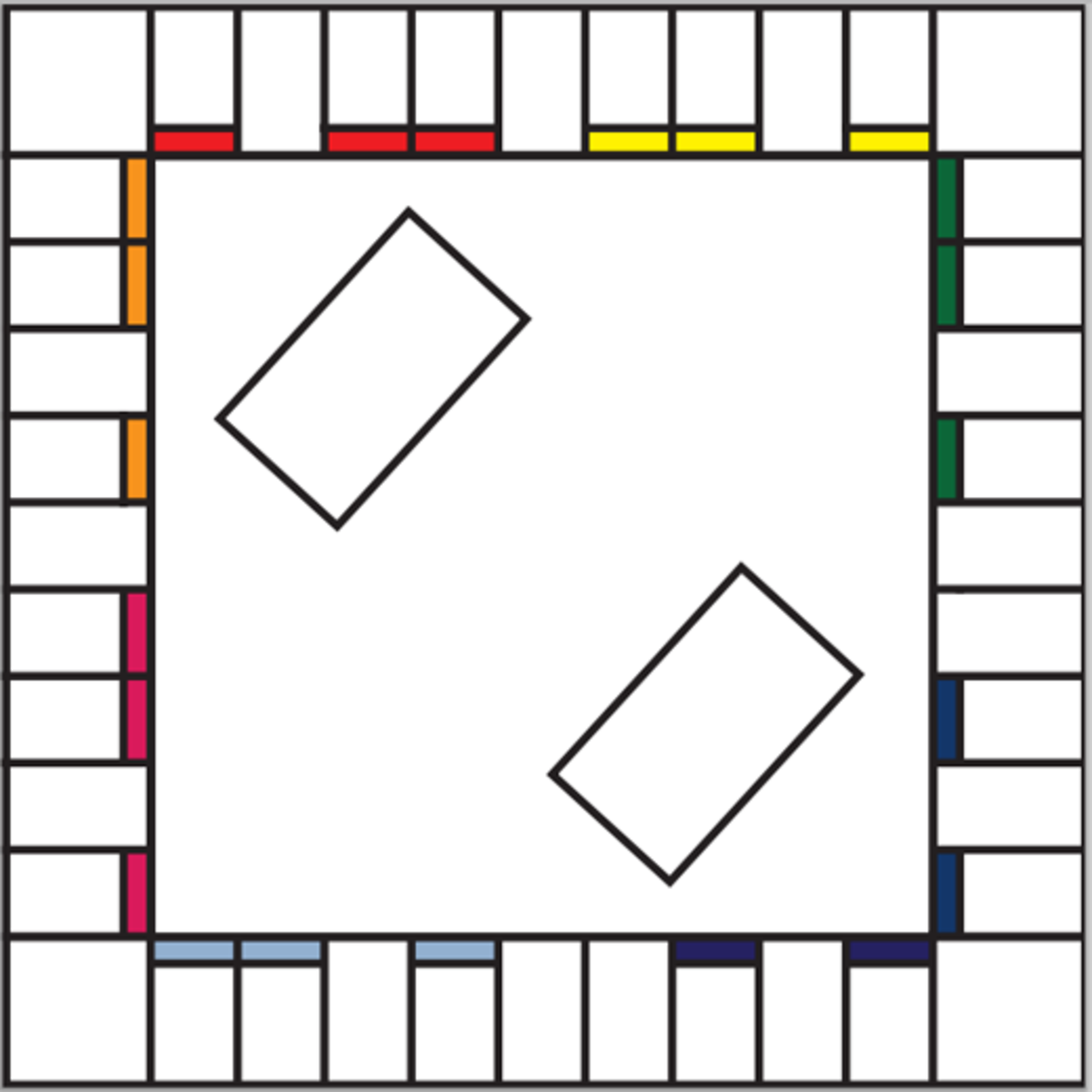The Evolution of the Sudoku Games.

If you are an enthusiast board games, you'll agree that Sudoku is one of those addictive games that you can't help but keep on playing. But do you know the origins of Sudoku and how it has evolved over time?
You will be surprised to note that the earliest forms of Sudoku were nothing like what we know Sudoku to be today. Let's go back on time and learn how this great game has changed with time.
The Early Forms of Sudoku.
The term Sudoku, to start with, comes from Japanese phrases 'Su' and 'Doku' which means number and single respectively. Interestingly though, Sudoku was not invented in Japan.
The earliest forms of Sudoku originated in Switzerland before it reached and was popularized in Japan. Basically, the earliest form of Sudoku was modeled around the concept of using Latin Squares often used in the learning of statistical concepts. The idea behind the early forms of Sudoku was that a player had to use a number or a symbol only once in a row. Swiss mathematician Leonhard Euler first invented the rule to make it easy to explain statistical concepts. Over time though, Sudoku players adopted these rules and by around the years 1780s, Sudoku had grown and was being played even in countries like Japan and France.

Modern day Sudoku
There are different variations of Sudoku on offer today. Their variation comes in form of grid size, symbols, colors or pictures used, format of grid presentation and even the language used in a particular game.
The ten most popular forms of Sudoku today are:
Word Sudoku
The Sudoku variation makes use of letters in places of symbols or numbers. Once you complete the game successfully, you will unravel hidden words with a main word at the center. Each row takes a maximum of nine letters.
Chinese numbered Sudoku
As the title suggests, this Sudoku variation only uses Chinese numbers. This means it can best be played by people who are conversant with the Chinese language.
Abstract symbol based Sudoku
Jigsaw or Squiggle Sudoku
The board in this form of Sudoku has different shapes incorporated. This means that rather than a board having only squares or rectangles, it features a mix of all of them in a single game.
Stripe Sudoku
X Sudoku
Features numbers 1 through to 9 in both diagonals. The extra rule makes it easy to play the game.
Samurai Sudoku
The Samurai Sudoku features overlapping puzzles that adds to the thrill of playing this great game. While the regular grid Sudoku features 21x21 square grids, the Samurai Sudoku has an extra five overlapping 9x9 puzzles. Once you get to master the moves in Samurai Sudoku, you'll never want a substitute.
Here is video of how to play Samurai Sudoku
What is skill level for Sudoku?
Wrapping it all
The rich history of Sudoku helps us understand it's intermittent relationship with other mind boosting subjects and the best way to develop of Sudoku playing skills.








